HSBC 2010 Annual Report Download - page 259
Download and view the complete annual report
Please find page 259 of the 2010 HSBC annual report below. You can navigate through the pages in the report by either clicking on the pages listed below, or by using the keyword search tool below to find specific information within the annual report.-
 1
1 -
 2
2 -
 3
3 -
 4
4 -
 5
5 -
 6
6 -
 7
7 -
 8
8 -
 9
9 -
 10
10 -
 11
11 -
 12
12 -
 13
13 -
 14
14 -
 15
15 -
 16
16 -
 17
17 -
 18
18 -
 19
19 -
 20
20 -
 21
21 -
 22
22 -
 23
23 -
 24
24 -
 25
25 -
 26
26 -
 27
27 -
 28
28 -
 29
29 -
 30
30 -
 31
31 -
 32
32 -
 33
33 -
 34
34 -
 35
35 -
 36
36 -
 37
37 -
 38
38 -
 39
39 -
 40
40 -
 41
41 -
 42
42 -
 43
43 -
 44
44 -
 45
45 -
 46
46 -
 47
47 -
 48
48 -
 49
49 -
 50
50 -
 51
51 -
 52
52 -
 53
53 -
 54
54 -
 55
55 -
 56
56 -
 57
57 -
 58
58 -
 59
59 -
 60
60 -
 61
61 -
 62
62 -
 63
63 -
 64
64 -
 65
65 -
 66
66 -
 67
67 -
 68
68 -
 69
69 -
 70
70 -
 71
71 -
 72
72 -
 73
73 -
 74
74 -
 75
75 -
 76
76 -
 77
77 -
 78
78 -
 79
79 -
 80
80 -
 81
81 -
 82
82 -
 83
83 -
 84
84 -
 85
85 -
 86
86 -
 87
87 -
 88
88 -
 89
89 -
 90
90 -
 91
91 -
 92
92 -
 93
93 -
 94
94 -
 95
95 -
 96
96 -
 97
97 -
 98
98 -
 99
99 -
 100
100 -
 101
101 -
 102
102 -
 103
103 -
 104
104 -
 105
105 -
 106
106 -
 107
107 -
 108
108 -
 109
109 -
 110
110 -
 111
111 -
 112
112 -
 113
113 -
 114
114 -
 115
115 -
 116
116 -
 117
117 -
 118
118 -
 119
119 -
 120
120 -
 121
121 -
 122
122 -
 123
123 -
 124
124 -
 125
125 -
 126
126 -
 127
127 -
 128
128 -
 129
129 -
 130
130 -
 131
131 -
 132
132 -
 133
133 -
 134
134 -
 135
135 -
 136
136 -
 137
137 -
 138
138 -
 139
139 -
 140
140 -
 141
141 -
 142
142 -
 143
143 -
 144
144 -
 145
145 -
 146
146 -
 147
147 -
 148
148 -
 149
149 -
 150
150 -
 151
151 -
 152
152 -
 153
153 -
 154
154 -
 155
155 -
 156
156 -
 157
157 -
 158
158 -
 159
159 -
 160
160 -
 161
161 -
 162
162 -
 163
163 -
 164
164 -
 165
165 -
 166
166 -
 167
167 -
 168
168 -
 169
169 -
 170
170 -
 171
171 -
 172
172 -
 173
173 -
 174
174 -
 175
175 -
 176
176 -
 177
177 -
 178
178 -
 179
179 -
 180
180 -
 181
181 -
 182
182 -
 183
183 -
 184
184 -
 185
185 -
 186
186 -
 187
187 -
 188
188 -
 189
189 -
 190
190 -
 191
191 -
 192
192 -
 193
193 -
 194
194 -
 195
195 -
 196
196 -
 197
197 -
 198
198 -
 199
199 -
 200
200 -
 201
201 -
 202
202 -
 203
203 -
 204
204 -
 205
205 -
 206
206 -
 207
207 -
 208
208 -
 209
209 -
 210
210 -
 211
211 -
 212
212 -
 213
213 -
 214
214 -
 215
215 -
 216
216 -
 217
217 -
 218
218 -
 219
219 -
 220
220 -
 221
221 -
 222
222 -
 223
223 -
 224
224 -
 225
225 -
 226
226 -
 227
227 -
 228
228 -
 229
229 -
 230
230 -
 231
231 -
 232
232 -
 233
233 -
 234
234 -
 235
235 -
 236
236 -
 237
237 -
 238
238 -
 239
239 -
 240
240 -
 241
241 -
 242
242 -
 243
243 -
 244
244 -
 245
245 -
 246
246 -
 247
247 -
 248
248 -
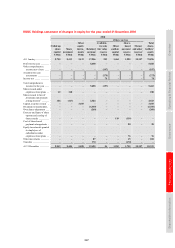 249
249 -
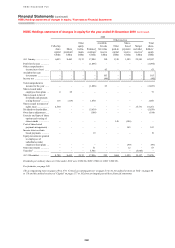 250
250 -
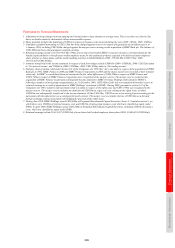 251
251 -
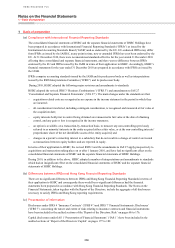 252
252 -
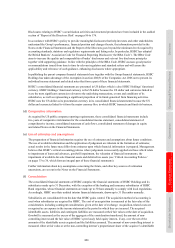 253
253 -
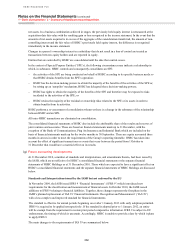 254
254 -
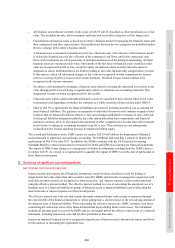 255
255 -
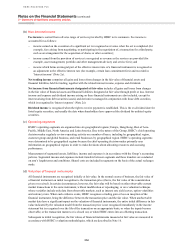 256
256 -
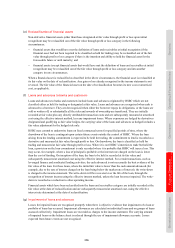 257
257 -
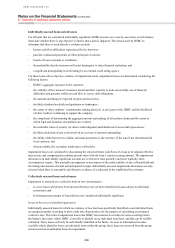 258
258 -
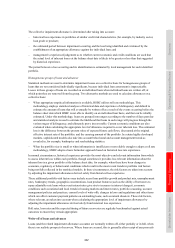 259
259 -
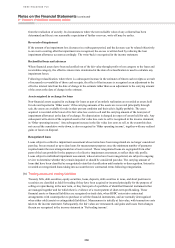 260
260 -
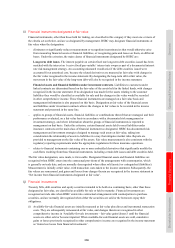 261
261 -
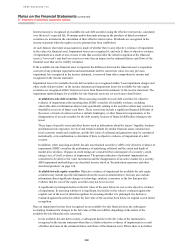 262
262 -
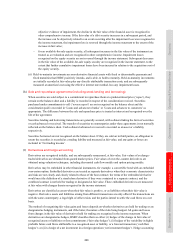 263
263 -
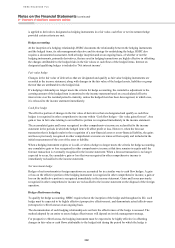 264
264 -
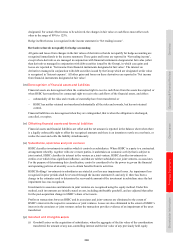 265
265 -
 266
266 -
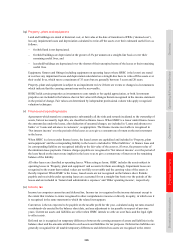 267
267 -
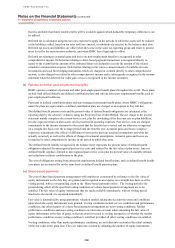 268
268 -
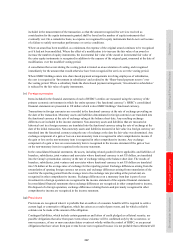 269
269 -
 270
270 -
 271
271 -
 272
272 -
 273
273 -
 274
274 -
 275
275 -
 276
276 -
 277
277 -
 278
278 -
 279
279 -
 280
280 -
 281
281 -
 282
282 -
 283
283 -
 284
284 -
 285
285 -
 286
286 -
 287
287 -
 288
288 -
 289
289 -
 290
290 -
 291
291 -
 292
292 -
 293
293 -
 294
294 -
 295
295 -
 296
296 -
 297
297 -
 298
298 -
 299
299 -
 300
300 -
 301
301 -
 302
302 -
 303
303 -
 304
304 -
 305
305 -
 306
306 -
 307
307 -
 308
308 -
 309
309 -
 310
310 -
 311
311 -
 312
312 -
 313
313 -
 314
314 -
 315
315 -
 316
316 -
 317
317 -
 318
318 -
 319
319 -
 320
320 -
 321
321 -
 322
322 -
 323
323 -
 324
324 -
 325
325 -
 326
326 -
 327
327 -
 328
328 -
 329
329 -
 330
330 -
 331
331 -
 332
332 -
 333
333 -
 334
334 -
 335
335 -
 336
336 -
 337
337 -
 338
338 -
 339
339 -
 340
340 -
 341
341 -
 342
342 -
 343
343 -
 344
344 -
 345
345 -
 346
346 -
 347
347 -
 348
348 -
 349
349 -
 350
350 -
 351
351 -
 352
352 -
 353
353 -
 354
354 -
 355
355 -
 356
356 -
 357
357 -
 358
358 -
 359
359 -
 360
360 -
 361
361 -
 362
362 -
 363
363 -
 364
364 -
 365
365 -
 366
366 -
 367
367 -
 368
368 -
 369
369 -
 370
370 -
 371
371 -
 372
372 -
 373
373 -
 374
374 -
 375
375 -
 376
376 -
 377
377 -
 378
378 -
 379
379 -
 380
380 -
 381
381 -
 382
382 -
 383
383 -
 384
384 -
 385
385 -
 386
386 -
 387
387 -
 388
388 -
 389
389 -
 390
390 -
 391
391 -
 392
392 -
 393
393 -
 394
394 -
 395
395 -
 396
396
 |
 |

257
Overview Operating & Financial Review Governance Financial Statements Shareholder Information
The collective impairment allowance is determined after taking into account:
– historical loss experience in portfolios of similar credit risk characteristics (for example, by industry sector,
loan grade or product);
– the estimated period between impairment occurring and the loss being identified and evidenced by the
establishment of an appropriate allowance against the individual loan; and
– management’s experienced judgement as to whether current economic and credit conditions are such that
the actual level of inherent losses at the balance sheet date is likely to be greater or less than that suggested
by historical experience.
The period between a loss occurring and its identification is estimated by local management for each identified
portfolio.
Homogeneous groups of loans and advances
Statistical methods are used to determine impairment losses on a collective basis for homogeneous groups of
loans that are not considered individually significant, because individual loan assessment is impracticable.
Losses in these groups of loans are recorded on an individual basis when individual loans are written off, at
which point they are removed from the group. Two alternative methods are used to calculate allowances on a
collective basis:
− When appropriate empirical information is available, HSBC utilises roll rate methodology. This
methodology employs statistical analyses of historical data and experience of delinquency and default to
estimate the amount of loans that will eventually be written off as a result of the events occurring before the
balance sheet date which HSBC is not able to identify on an individual loan basis, and that can be reliably
estimated. Under this methodology, loans are grouped into ranges according to the number of days past due
and statistical analysis is used to estimate the likelihood that loans in each range will progress through the
various stages of delinquency, and ultimately prove irrecoverable. Current economic conditions are also
evaluated when calculating the appropriate level of allowance required to cover inherent loss. The estimated
loss is the difference between the present value of expected future cash flows, discounted at the original
effective interest rate of the portfolio, and the carrying amount of the portfolio. In certain highly developed
markets, sophisticated models also take into account behavioural and account management trends as
revealed in, for example, bankruptcy and rescheduling statistics.
− When the portfolio size is small or when information is insufficient or not reliable enough to adopt a roll rate
methodology, HSBC adopts a basic formulaic approach based on historical loss rate experience.
In normal circumstances, historical experience provides the most objective and relevant information from which
to assess inherent loss within each portfolio, though sometimes it provides less relevant information about the
inherent loss in a given portfolio at the balance sheet date, for example, when there have been changes in
economic, regulatory or behavioural conditions which result in the most recent trends in portfolio risk factors
being not fully reflected in the statistical models. In these circumstances, the risk factors are taken into account
by adjusting the impairment allowances derived solely from historical loss experience.
These additional portfolio risk factors may include recent loan portfolio growth and product mix, unemployment
rates, bankruptcy trends, geographic concentrations, loan product features (such as the ability of borrowers to
repay adjustable-rate loans where reset interest rates give rise to increases in interest charges), economic
conditions such as national and local trends in housing markets and interest rates, portfolio seasoning, account
management policies and practices, current levels of write-offs, changes in laws and regulations and other items
which can affect customer payment patterns on outstanding loans, such as natural disasters. These risk factors,
where relevant, are taken into account when calculating the appropriate level of impairment allowances by
adjusting the impairment allowances derived solely from historical loss experience.
Roll rates, loss rates and the expected timing of future recoveries are regularly benchmarked against actual
outcomes to ensure they remain appropriate.
Write-off of loans and advances
Loans (and the related impairment allowance accounts) are normally written off, either partially or in full, when
there is no realistic prospect of recovery. Where loans are secured, this is generally after receipt of any proceeds
